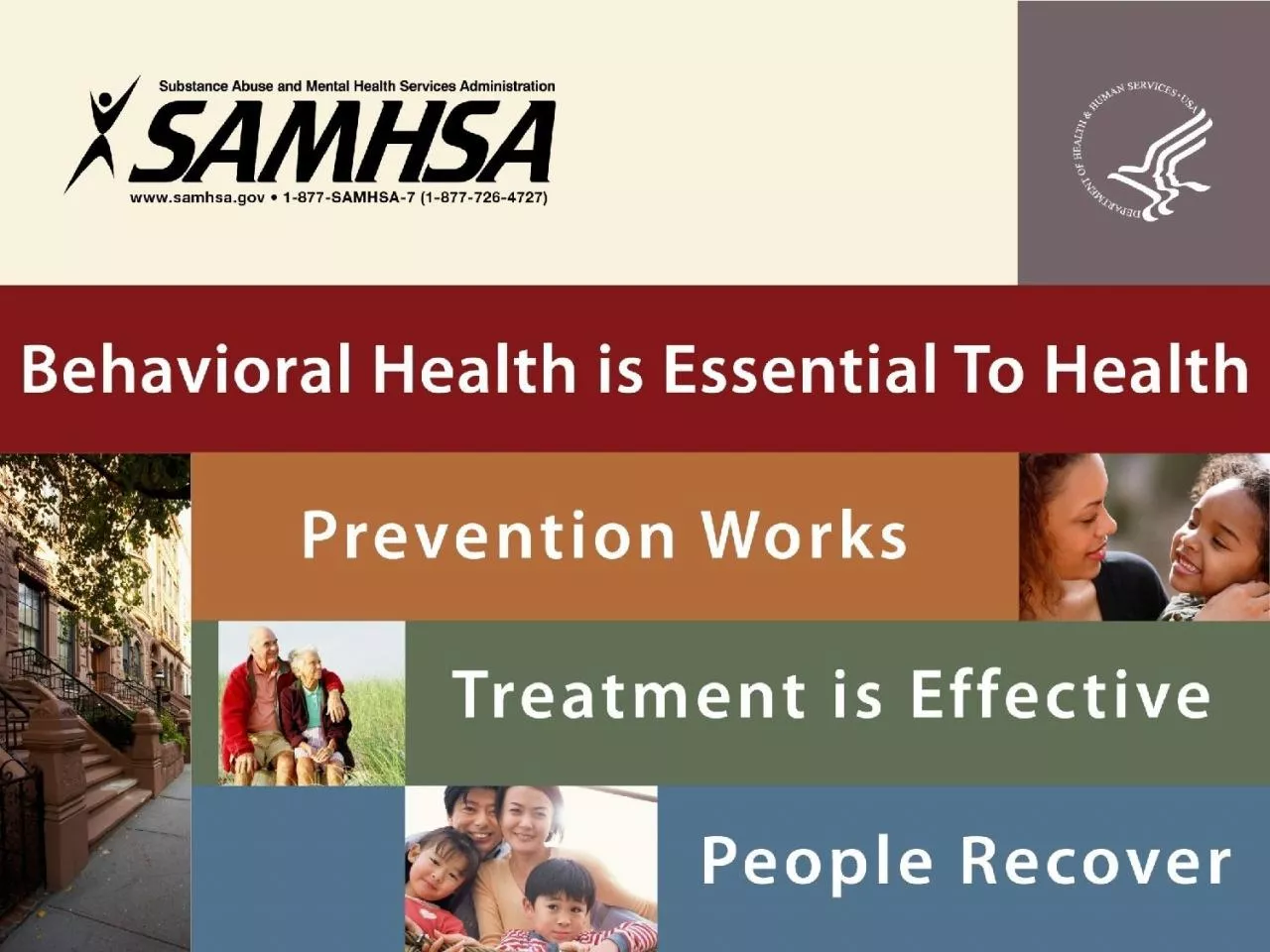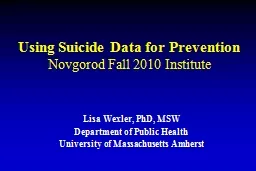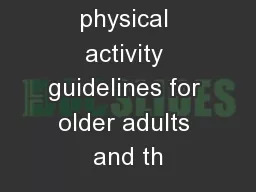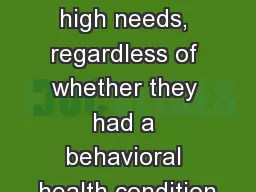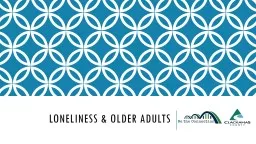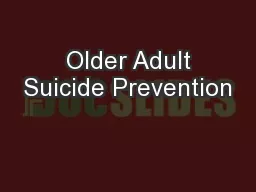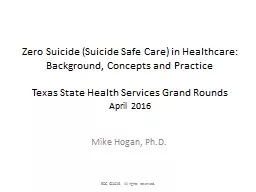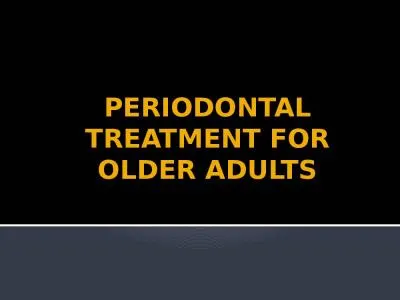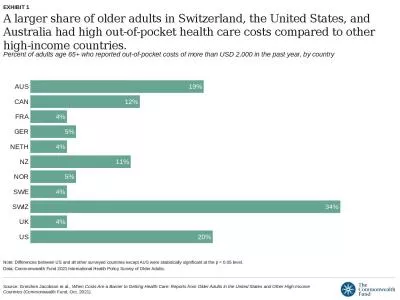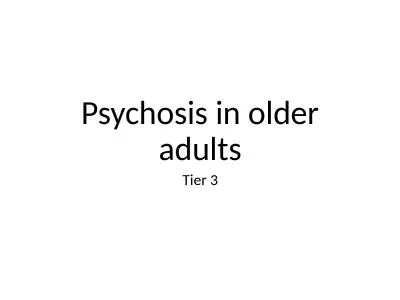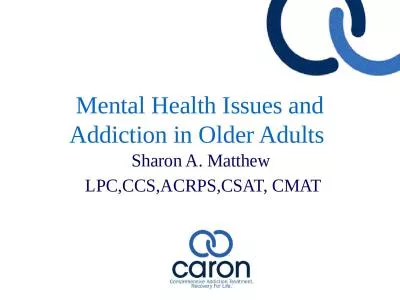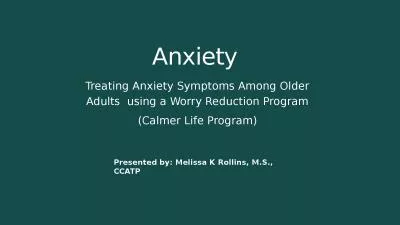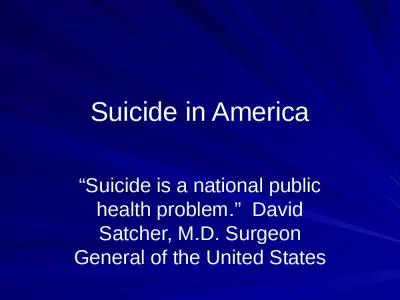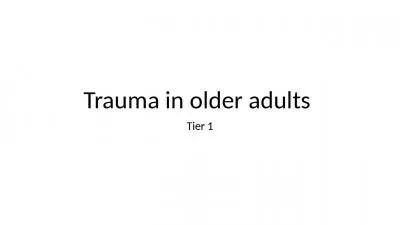PPT-Promoting Behavioral Health and Preventing Suicide in Older Adults
Author : payton | Published Date : 2023-11-21
Enhancing Training for Staff at an ADRCNo Wrong Door System Background This training was prepared by the Human Services Research Institute and Mission Analytics
Presentation Embed Code
Download Presentation
Download Presentation The PPT/PDF document "Promoting Behavioral Health and Preventi..." is the property of its rightful owner. Permission is granted to download and print the materials on this website for personal, non-commercial use only, and to display it on your personal computer provided you do not modify the materials and that you retain all copyright notices contained in the materials. By downloading content from our website, you accept the terms of this agreement.
Promoting Behavioral Health and Preventing Suicide in Older Adults: Transcript
Download Rules Of Document
"Promoting Behavioral Health and Preventing Suicide in Older Adults"The content belongs to its owner. You may download and print it for personal use, without modification, and keep all copyright notices. By downloading, you agree to these terms.
Related Documents

